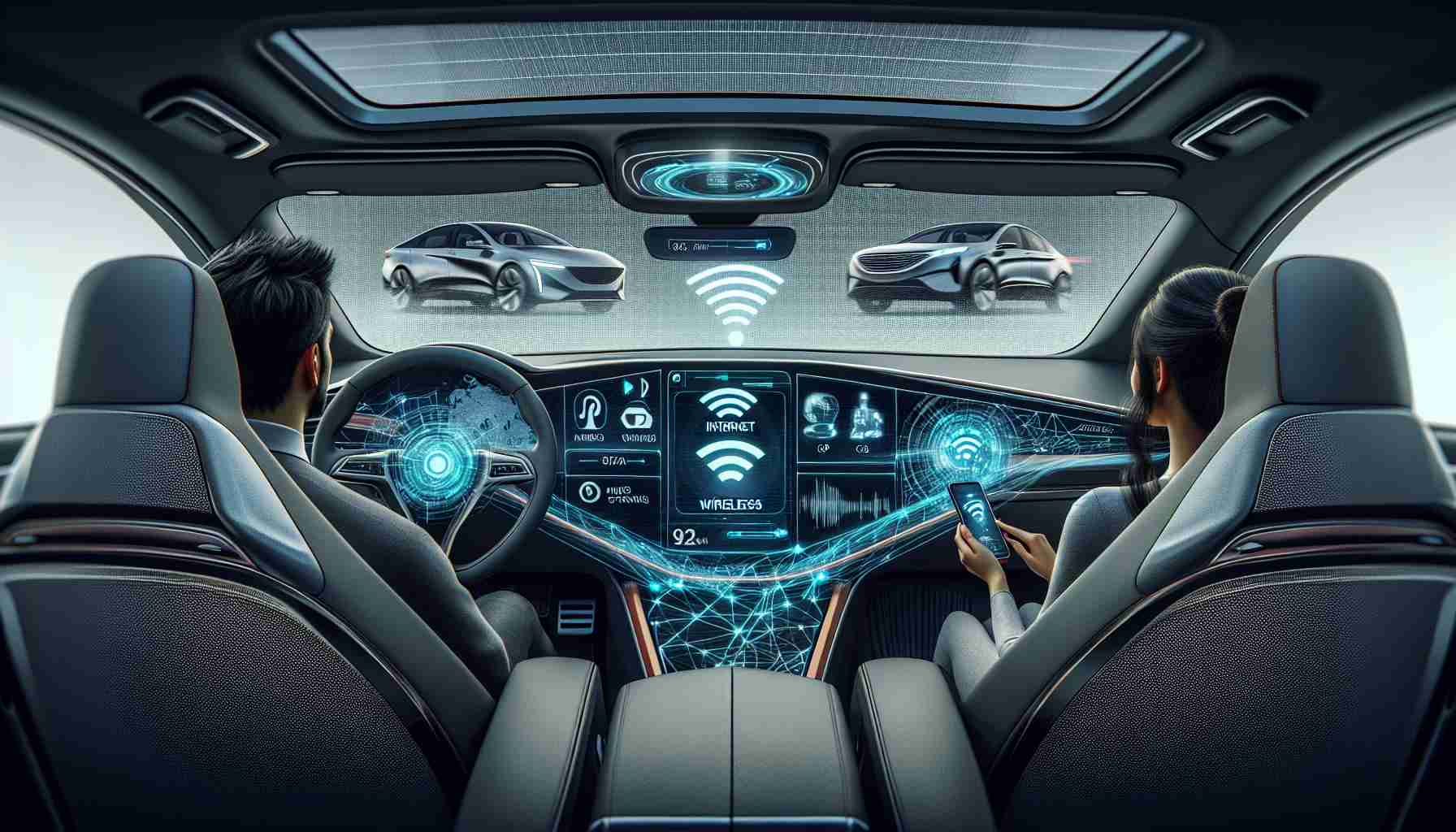
A new era of in-car connectivity is on the horizon, as cutting-edge wireless technology is set to transform the driving experience. Say goodbye to cables and hello to seamless integration with the latest advancements in automotive innovation.
The future of in-car technology is evolving rapidly, and one of the most significant changes on the horizon is the shift to wireless connectivity. Manufacturers are gearing up to revolutionize the way drivers interact with their vehicles, offering a more intuitive and streamlined experience for users.
Rather than being tethered by wires, the next generation of in-car systems will operate wirelessly, providing a level of convenience and flexibility that was previously unheard of. This move towards wireless connectivity opens up a world of possibilities for enhanced features and functionalities within the vehicle.
With this groundbreaking shift, vehicle manufacturers will have greater flexibility in designing interfaces that seamlessly integrate with in-car controls. Brands will be able to offer custom experiences tailored to their specific needs, such as incorporating HVAC controls, reverse camera displays, and cutting-edge technologies like 360 cameras.
While some car brands have chosen to go their own way with infotainment systems, others are embracing the future of in-car connectivity. The focus is on delivering a next-generation experience that prioritizes innovation and user experience, setting a new standard for in-car technology.
As we look ahead to the future of automotive technology, it is clear that the era of wireless connectivity is set to redefine in-car experiences and pave the way for new possibilities in vehicle innovation. Stay tuned as the automotive industry continues to push boundaries and deliver the next generation of connected driving experiences.
**Additional Facts:**
– Wireless technology in cars enables not only entertainment and navigation but also advanced safety features such as collision avoidance systems and lane departure warnings.
– The rise of 5G connectivity is expected to significantly enhance in-car wireless technology by providing faster and more reliable connections, enabling real-time updates and connectivity with other smart devices.
**Key Questions:**
1. How secure is wireless connectivity in cars against hacking and cyber threats?
2. What impact does wireless in-car technology have on driving behavior and distraction levels?
**Key Challenges/Controversies:**
– **Security Concerns:** Ensuring robust cybersecurity measures to prevent unauthorized access to in-car systems.
– **Interoperability:** Ensuring seamless integration and compatibility of wireless systems with various devices and technologies.
**Advantages:**
– **Convenience:** Eliminating the need for cables and enabling easy connectivity with smartphones and other devices.
– **Flexibility:** Allows for more versatile and customizable in-car features and controls.
– **Enhanced User Experience:** Offers a more intuitive and modern driving experience.
**Disadvantages:**
– **Reliability:** Concerns about connectivity issues or interruptions affecting the functionality of in-car systems.
– **Cost:** Implementing wireless technology in vehicles may increase manufacturing costs, potentially impacting consumer pricing.
**Related Link:**
– Automotive News
[embedded content]
